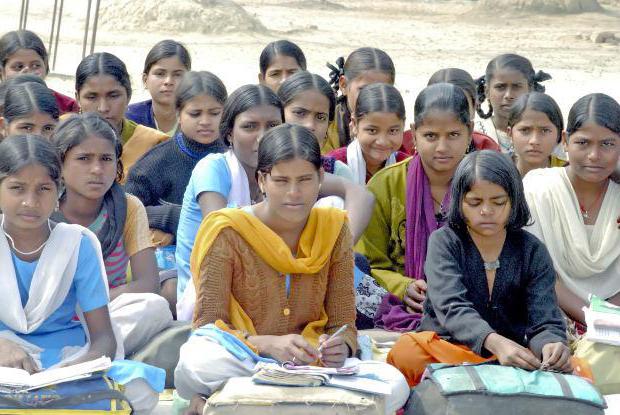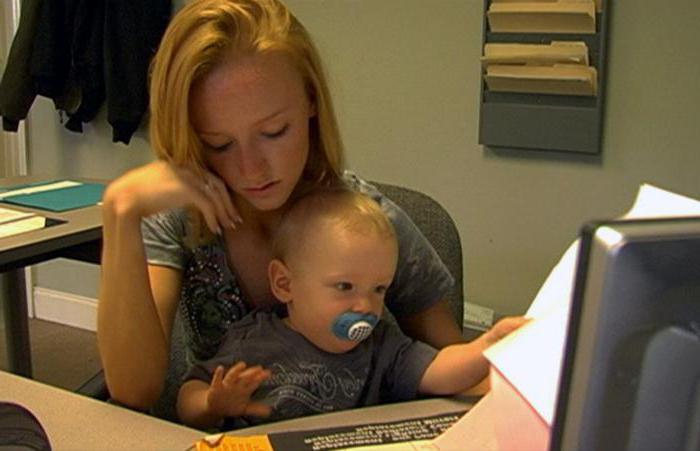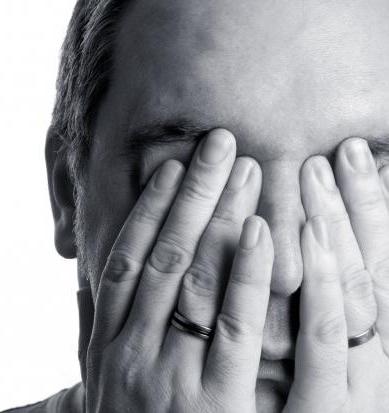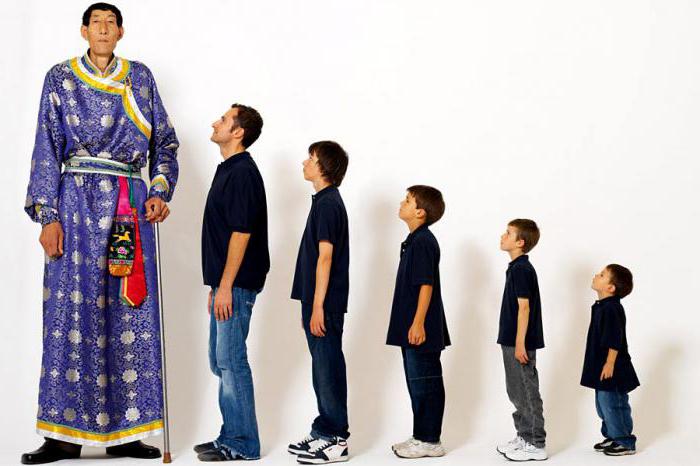In psychology and sociology there are many theories about the personality and its attributes. The concepts of “social role” and “personality status” are used to explain human behavior in society, as they affect many aspects of an individual’s functioning. His self-esteem, self-awareness, communication, orientation largely depend on them.

Concept of personality
From the point of view of sociology, a person is an individual who, during socialization, acquires a specific set of socially significant qualities, properties, knowledge, skills and abilities. As a result of inclusion in social relations and relations, he becomes a responsible subject of volitional activity. According to psychologists, a personality is an integral set of various traits of biogenic and sociogenic origin, which is formed in vivo and affects human behavior and activity. In both cases, the social role and status of the individual play an important role in the formation and self-realization of the individual.
The basis for the formation are four groups of phenomena: the biological characteristics of the human body and its innate experience, learning outcomes, the experience of social life and interactions with other people, the results of self-esteem, reflection and self-awareness. In the structure of personality, one can distinguish groups of features that affect all human behavior.
These include psychological traits such as abilities, motivation, volitional qualities, social attitudes and stereotypes, character, orientation, emotions, temperament. Also, a person includes a set of social characteristics, such as social statuses and roles, a system of dispositions and various role expectations, a complex of knowledge, values and beliefs, interests and worldview. The process of crystallization of personality traits often occurs under the influence of the external and internal environment and proceeds uniquely, creating a unique integrity.

Concept of social status
At the end of the 19th century, the English scientist Henry Man introduced a new concept into circulation. Since then, social status has been much analyzed and researched. Today, it is understood as a certain place of a person in a social system or group. It is determined by a number of signs: material and marital status, possession of power, functions performed, education, specific skills, nationality, special psychological characteristics, and many others. Since the individual is simultaneously part of various groups, his status in them may be different.
It not only denotes a person’s position in society, but also endows him with certain rights and obligations. Usually, the higher it is, the greater the set of rights and obligations. Often in everyday consciousness, the concepts of social status and role are equated with the concept of prestige. Of course, it accompanies status, but is not always its mandatory attribute. Status is a mobile category. A person can change it with the acquisition of new qualities or roles. Only in traditional social systems could it be inherited, enshrined in law or in accordance with religious canons. Today, a person in his development can achieve the desired statuses or lose them under certain circumstances.

Status hierarchy
A set of different positions of one person in society is usually called a status set. This structure usually has a dominant, basic status, and a set of additional ones. The first determines the main position of the individual in this social system.For example, a child or an elderly person will have a basic status according to age. At the same time, in some patriarchal societies, the sex of a person will be the main sign for determining his position in the system.
Since there is a division into main and non-main statuses, the researchers talk about the existence of a hierarchy of social positions of the individual. Social roles and status are the most important factor affecting an individual’s overall satisfaction with his life. The assessment takes place in two directions. There are stable interactions of statuses at the horizontal and vertical levels.
The first factor is a system of interaction between people at the same level of the social hierarchy. Vertical, respectively, communication of people at different levels. The distribution of people on the steps of the social ladder is a natural phenomenon for society. The hierarchy supports the role expectations of the individual, stipulating an understanding of the distribution of duties and rights, allows a person to be satisfied with his position or makes him strive to change his status. This provides personality dynamics.

Personal and social status
Traditionally, according to the size of the community in which the individual functions, it is customary to distinguish between personal and actual social statuses. They function at various levels. So, social status is a sphere of professional and public relations. Here, professional status, education, political position, social activity are of the utmost importance. They are the signs by which a person is placed in a social hierarchy.
Social role and status also function in small groups. In this case, the researchers talk about personal status. In a family, a small circle of interests, a circle of friends, a small working group, a person occupies a certain position. But to establish a hierarchy, personal, psychological signs are used here, not professional ones. Leadership skills, knowledge, skills, sociability, sincerity and other character traits allow a person to become a leader or an outsider, to receive a certain personal status. There is a significant difference between these two types of positions in a social group. They allow a person to be realized in various fields. So, a small clerk, who occupies a low position in the work collective, can play a significant role, for example, in the numismatist society, thanks to his knowledge.

Types of Social Status
Since the concept of status covers an extremely vast area of social activity of a person, that is, there are many of their varieties. Let's highlight the main classifications. The following statuses are distinguished depending on the dominance of different characters:
- Natural, or socio-demographic. These statuses are established in accordance with such characteristics as age, kinship, gender, race and health status. An example would be the provisions of a child, parent, man or woman, Caucasian, disabled person. The social role and status of a person in communication is reflected in this case by endowing the individual with certain rights and obligations.
- Actually social status. It can take shape only in society. Usually, economic statuses are distinguished, depending on the position held, the availability of property; political, in accordance with the views and social activity, also a sign of the allocation of status is the presence or absence of power; sociocultural, which include on the grounds of education, attitude to religion, art, science. In addition, there are legal, professional, territorial statuses.
According to another classification, prescribed, achieved and mixed statuses are distinguished in accordance with the method of obtaining it. Prescribed statuses are those that are assigned upon birth.Their person gets involuntarily, doing nothing for this.

Achieved, on the contrary, are acquired as a result of efforts, often significant. These include professional, economic, cultural positions in society. Mixed - those that combine the two previous species. An example of such statuses can be various dynasties where, by the right of birth, a child receives not only a position in society, but a predisposition to achievements in a certain field of activity. Formal and informal statuses are also distinguished. The first are formally fixed in any documents. For example, upon assuming office. The latter are assigned by the group behind the scenes. A striking example is the leader in a small group.
Concept of social role
In psychology and sociology, the term “social role” is used, which is understood as the expected behavior dictated by social status and other members of the group. Social role and status are closely related. Status imposes obligations of the right to an individual, and they, in turn, dictate a certain type of behavior to a person. By virtue of their sociality, any person must constantly change patterns of behavior, therefore, each individual has a whole arsenal of roles that he plays in different situations.
The social role determines social status. Its structure includes role expectation, or projection, execution, or play. A person finds himself in a typical situation where participants expect a certain model of behavior from him. Therefore, he begins to bring it to life. He does not need to think about how to behave. The model dictates his actions. Each person has his own role set, that is, a set of roles for different occasions in accordance with their statuses.

Psychological characteristics of social roles
It is believed that the role in society determines social status. However, the sequence is reversed. Getting the next status, a person develops behavioral options. In each role, there are two psychological components. Firstly, it is a symbolic-informational part, which is the scenario of a typical performance. It is often presented in the form of instructions, memos, principles. Each individual has unique features that give the role a peculiar and subjective character. Secondly, it is an imperative control component, which is the mechanism for launching the game. The imperative component is also associated with values and norms. He dictates what to do based on cultural stereotypes and moral standards society.
The social role has three psychological parameters by which it can be assessed and classified:
- Emotionality A different degree of manifestation of sensuality is characteristic for each role. So, the leader must be restrained, and the mother can be emotional.
- Formalization. Roles can be formal and informal. The former are described by a specific scenario, fixed in some form. For example, the role of a teacher is partially described in the job description, as well as recorded in the stereotypes and beliefs of society. The latter arise in specific situations and are not fixed anywhere, except for the psyche of the performer. For example, the role of the ringleader in the company.
- Motivation. Roles are always closely related to the satisfaction of various needs; each of them has one or more basic needs.
Types of Social Roles
Society is infinitely diverse, so there are many types of roles. The social status and social role of a person are interconnected. Therefore, the former often duplicate the latter and vice versa. So, they distinguish natural roles (of mother, child) and achievable (leader, leader), formal and informal. The social role and status, examples of which everyone can find in their personality structure, have a certain sphere of influence.Among them are distinguished status roles that are directly related to a certain position in society and interpersonal roles that arise from the situation, for example, the role of a loved one, offended, etc.
Social Role Features
Society constantly needs mechanisms to regulate the behavior of its members. The social role and status in communication is primarily responsible for the regulatory function. They help to quickly find an interaction scenario without spending large resources. Also, social roles perform an adaptive function. When a person's status changes, or he finds himself in a certain situation, he needs to quickly find a suitable model of behavior. Thus, the social role and status of a nation allows it to adapt to a new cultural context.
Another function is self-realization. Performing roles allows a person to show their various qualities and achieve their desired goals. The cognitive function is the possibilities of self-knowledge. The person, trying on various roles, learns his potential, finds new opportunities.
Social role and status: ways of interaction
In the personality structure, roles and statuses are closely intertwined. They allow a person to solve various social problems, achieve goals and satisfy requirements. The social role and status of the individual in the group are important for motivating her to work. Wanting to increase status, a person begins to study, work, improve.
Groups are dynamic integrity and there is always the opportunity to redistribute statuses. A person using the assortment of his roles can change his status. And vice versa: its change will lead to a change in the role set. The social role and status of the individual in the group can be briefly described as the driving force of the individual on the path to self-realization and achievement of goals.
